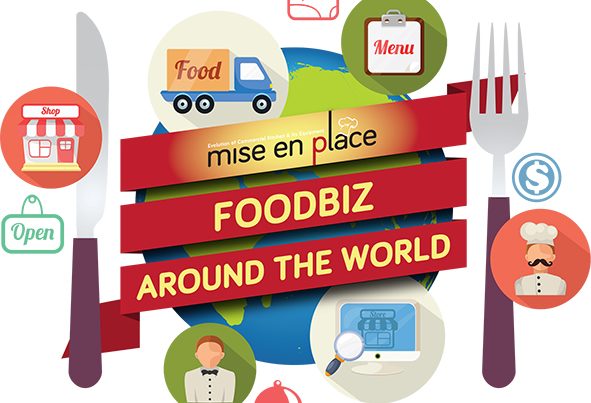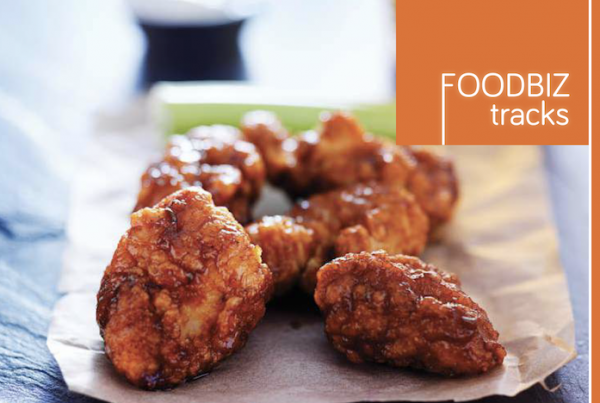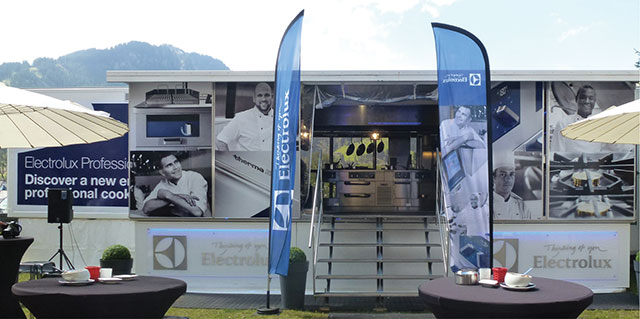
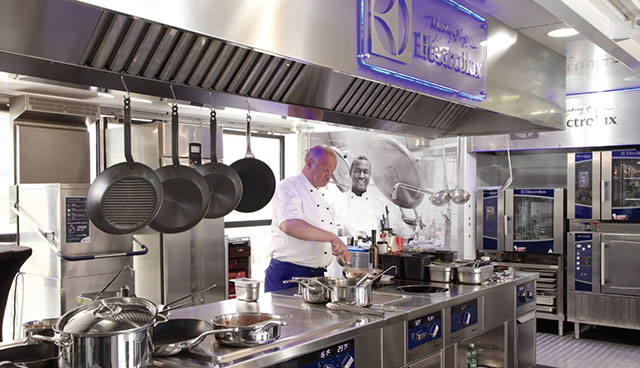
Is this what you have in mind? Well, why not? There in lies the beauty of a food truck that can be customised accordingly and provides owners freedom to find new markets. Even the manufacturers are getting into it as Electrolux takes its show kitchens to the world, aiming to engage with potential customers. Touring events in France, Italy and Austria with its in-house chefs, the manufacturer’s food truck project is a 20-feet vehicle equipped with its items that any commercial kitchen would find beneficial on top of the freedom to showcase your gastronomic art to a wider audience. The thermaline is an example of how chefs can have the work station of their heart’s desire. With combi ovens; speed and volume is no longer an issue and if serving that many customers, automated dishwashing is
definitely needed. Throw in plenty moving space; this is one dreamy truck to be cooking and serving up your specials, for sure. However, it will take you time to build one of this magnitude. And if many dreams come true with taking a small step, how do you go about constructing one to get you started? Although there is no “industry standards” for a food truck’s kitchen, there are several considerations to look into when designing yours.
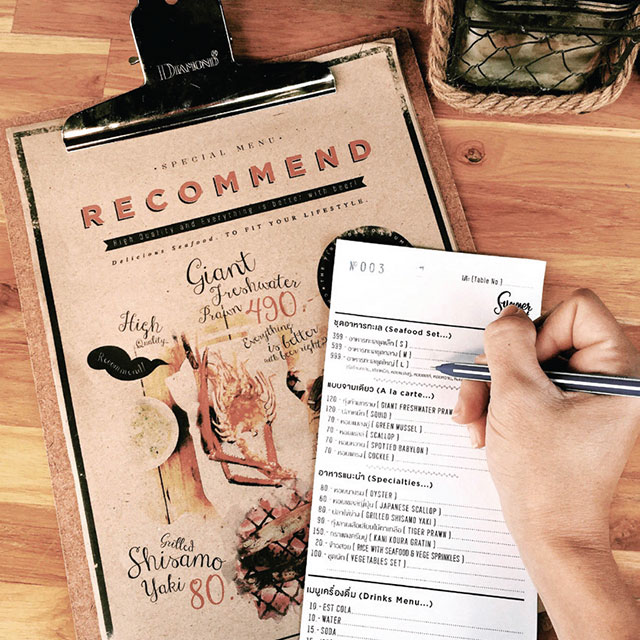
Menu of Summer Street (Thailand)
PRODUCT OFFERING
Food only, beverage only or both? If you notice, most operators keep it to one or the other. The premise of food trucks is to serve your specialty items which is why you can work in a small space. To do both food and drinks would mean numerous equipment; for cooking and mixing drinks. Let’s take special juices and blended drinks as an example; you will need separate storage points required for prepared items (more in the next point) and fresh produce and/or dairy items. This will also effect service time when there is inadequate staff (and work area) to prepare orders quickly. Hence variety will actually hurt your business.
COOKING VOLUME
Recognising the limitations of a truck size, it is important to calculate how much of cooking is done on the truck to determine the wattage required from your generator. If the item you sell needs advanced preparation such as slow roasted meats, soups or stews, you will definitely not be cooking on the truck but more of rethermalising and assembly for service. In line with cooking, we can also talk about preparation. How would you choose to make the work process easier on site? Will outsourcing certain items be less burdensome, for example, things like frozen fries versus having to peel and cut them on your own, especially if it is a side item.
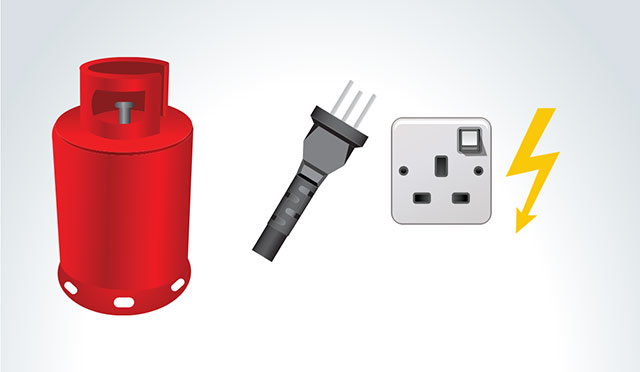
How do you want to power the equipment?
POWER SOURCES
Gas is still preferred due to cost efficiency in lesser usage of components and is not dependent on an external power generator for connection. However it will require an extra space for the tank, in addition to the allocation for generator to power the other equipment.
The electric option removes the hassle of checking for gas leaks, provides more accurate temperatures but consumes more energy and with extra components to help it run, it also means added maintenance cost. And should the generator break down, you won’t be able to cook at all.
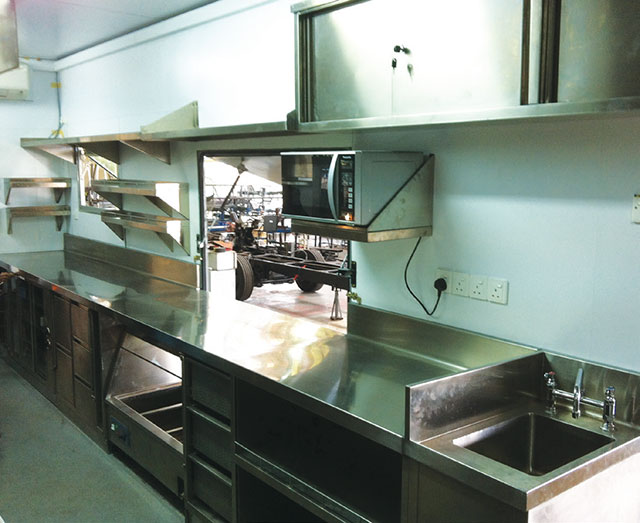
Example of a kitchen layout
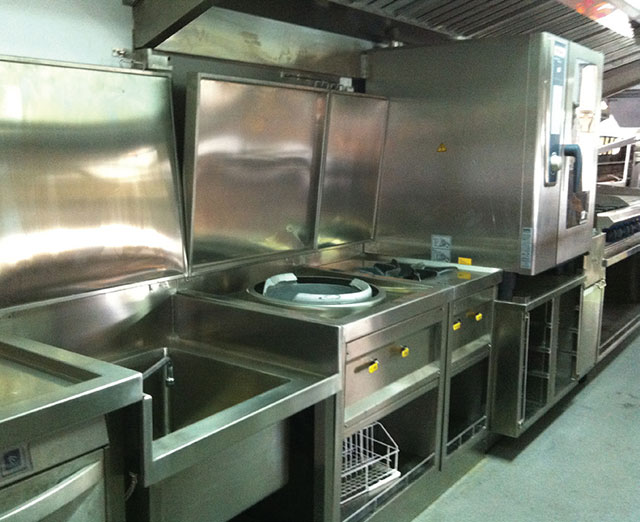
STORAGE POINTS
The amount of cooking carried out in the truck more or less determines how much storage space you will need. If cooking raw items, what is the maximum you will be able to serve each day and calculate the chiller space for it. For trucks that do advanced preparation, holding cabinets are essential to keep cooked items at safe temperatures before reheating or cold items at temperatures that inhibit any bacterial growth. A truck would not be able to accomodate an ice machine and it is unlikely you will need to make that much ice even if you’re beverage-centric thus most would use a regular cooler box to store ice or chill canned and bottled drinks.
DESIGN AND LAYOUT
The same principles of designing a brick-and-mortar kitchen applies, just shrink your playground by possibly 10 or more times. Workflow planning is crucial; you definitely cannot be grilling meats in the centre while your burger buns are on the right and condiments/salad on the left. The assembly line must be linear considering the little space available and to prevent the crew from knocking into each other.
You could bring in a desired truck to the contractor to modify or select from the truck building company such as FIC Kitchen Technology Sdn. Bhd.; it has tied up with several vehicle manufacturers to provide options to customers without having to separately source for their wheels. While everything is customised, the company’s Project Manager, Jacky Wong, said that Malaysia’s Road Transport Department has laid down rules for truck fabricators whereby the body must be square without any curved designs and only a certain length is permitted. He added that to help minimise cost, they will recommend customers to use standard equipment unless the menu cannot accomodate them. As a fabricator, the company is also always looking for ways to maximise the space of a truck. For example, they are currently working on a way to place the generator below the truck instead of the side thus allowing a little extra workplace. Or even something simpler like changing the entryway’s stairs from folding to a slot-in storage. Another way to provide extra inches of walkway is by pushing out the preparation area to the empty platform when you open up the vehicle at the side.
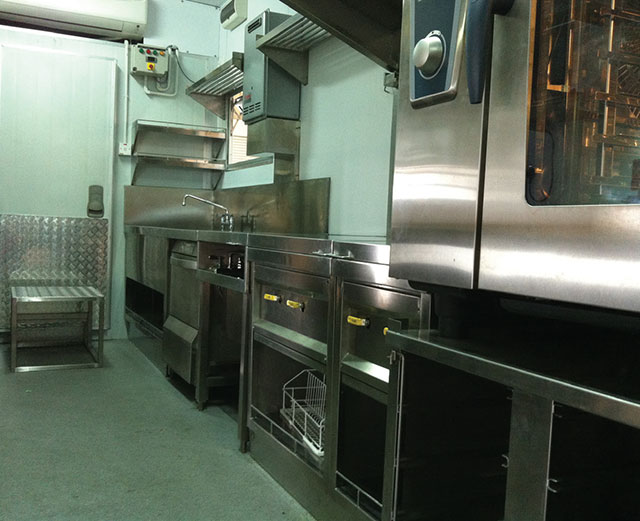
View of the interior
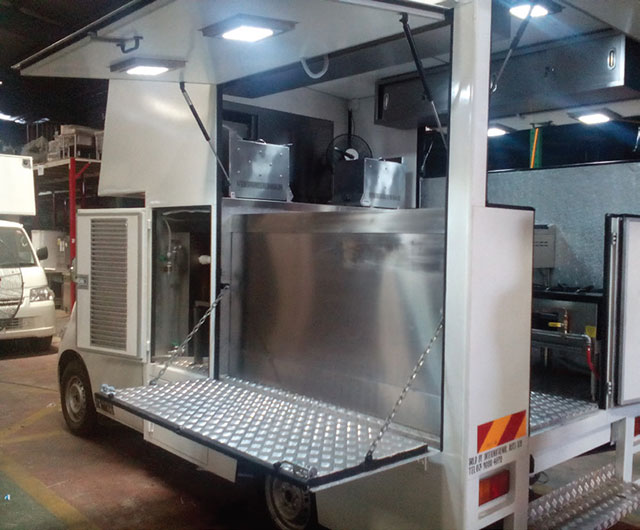
A moveable prep area
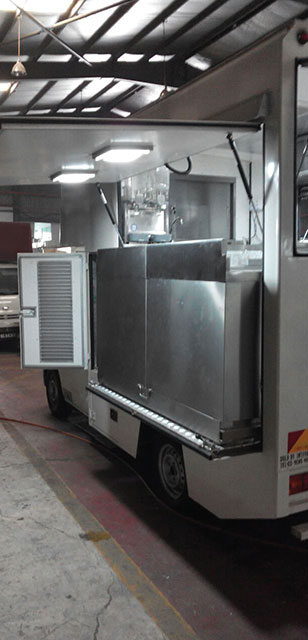
SAFETY MEASURES
The same hazards of a kitchen applies in the truck as well -possible gas leaks, a stuffy environment and risk of injuries. Make sure the electrical lines are correctly wired as finding out what’s wrong with it after the vehicle is fully assembled is a task you don’t want to have to do. In a tiny workspace where air doesn’t circulate around much, you want to keep it cool. Ventilation filters out contaminants like smoke, grease, carbon monoxide and other airborne particles that arise from the griddle or any other hot cooking processes. Without it,
build-up of fat residues have nowhere to go and may lead to a fire if it gets into contact with flames. Ensure equipment are welded down to its surface; you would not want it to be moving around when you are driving.
Building the truck is the first part. More importantly is how you assimilate to the environment, including external factors mostly out of your control that can affect your operations – weather, sudden breakdown of equipment, electricity going out, difficult customers and many more. Keeping your cool is crucial because you are in front of the customer all the time with each move under scrutiny; the lack of space can cause added pressure for many people. However, as this segment continues to flourish, we spoke to some businesses around Southeast Asia who shared their concepts and thriving in the industry.
Photo credits:
Electrolux Mobile Truck
Summer Street Food Truck
FIC Kitchen Technology Sdn. Bhd.
F&B Facilities Sdn. Bhd.
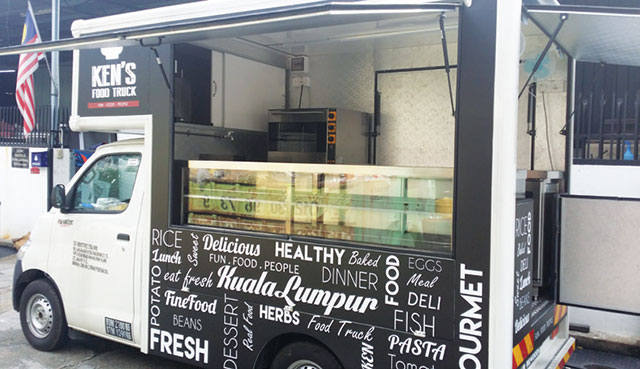
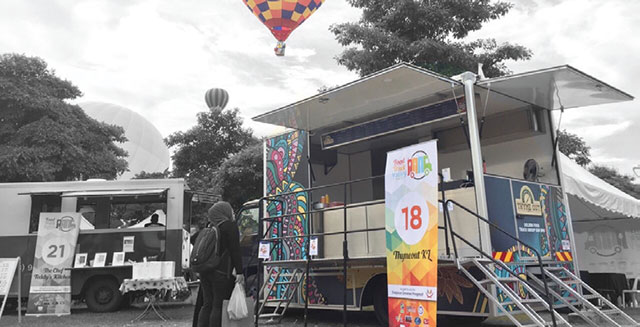
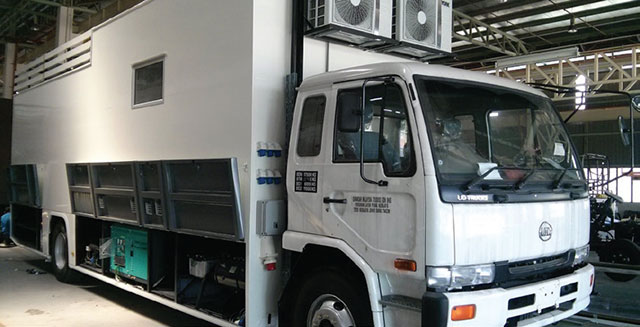
CHOOSING A TRUCK
KEN’S FOOD TRUCK
An example of a one-tonne truck, it serves an ever-changing menu revolving around Western/European cuisine as Chef Kenneth introduces food inspired from his training in Switzerland, England and Australia.
Facebook: Ken’s Food Truck
THYME OUT
Giving its three-tonne truck the moniker of Mexi-warong, the word ‘warong’ to mean ‘stall’ in Malay, Thyme Out serves down-to-earth Mexican cuisine. Located at a popular spot in Klang Valley, it encourages customers to “bring your own chair” so that they can eat together near the truck.
Facebook: Thyme Out KL
When budget is not too much a question, a truck can be a chef’s dream playground big enough to fit a cold room, huge cooking vessels and such. Or maybe you think of converting your old four-wheel-drive (4WD), van or multi-purpose-vehicle (MPV)?
Whatever food truck aspirations you have, it is all about customisation and factors like budget, layout, equipment fitting, regulations and after-sales service and maintenance will be discussed by professional builders such as:
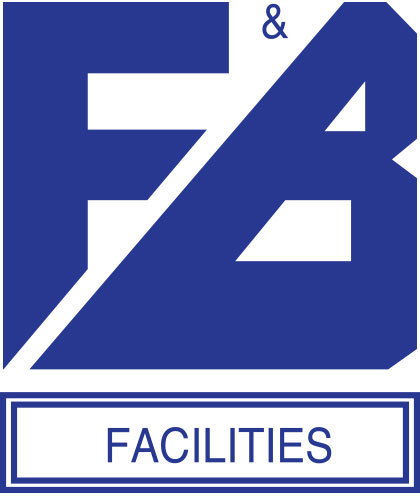
F&B FACILITIES SDN. BHD.
Tel: 603-9173 8200
Email: info@fnb-facilities.com

FIC KITCHEN TECHNOLOGY SDN. BHD.
Tel: 603- 8964 1402
Email: fickitchen@hotmail.com







